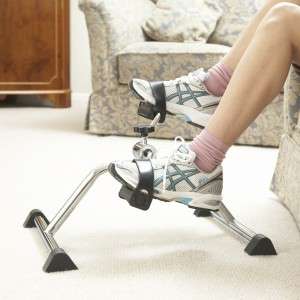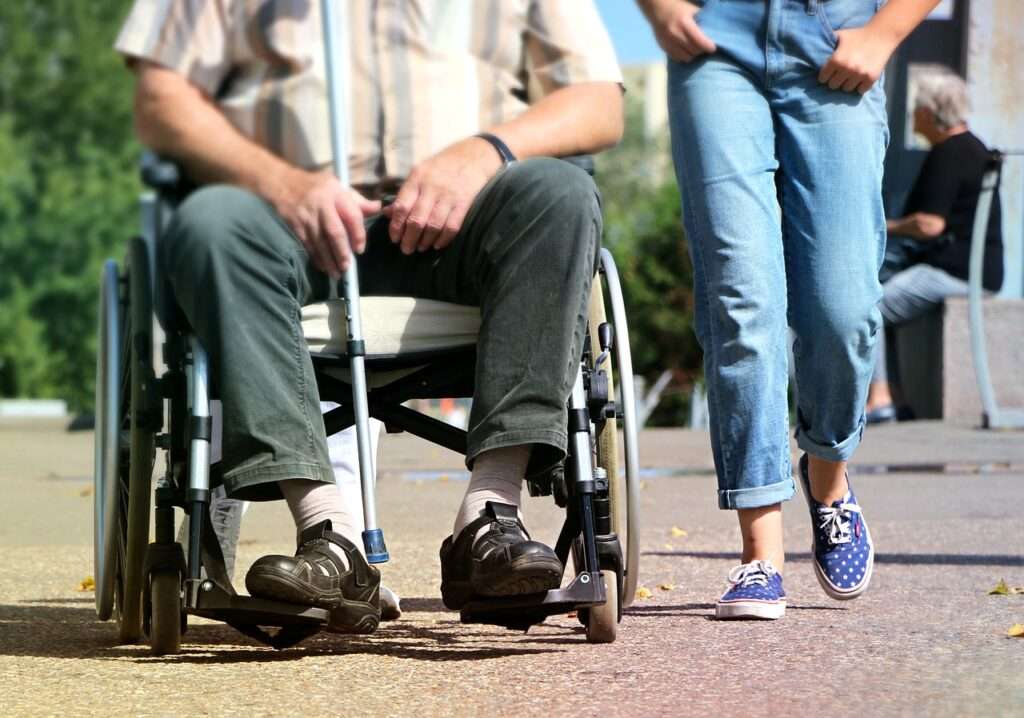The benefits of regular exercise in retirement are well-documented. Not only does it improve your overall fitness and physical health, it’s always a great way to boost your mood and lower your risk of heart disease, stroke, type 2 diabetes, depression, dementia, and even some cancers according to the NHS.
Jump straight to…
Doctors regularly suggest exercise as a way to keep on top of your health in old age. We think that 3 to 5 light exercises a day are enough to keep you fitter, happier, and healthier in the long run.
Types of Exercise
There are 3 main types of exercise that you should try and cover in your weekly routines:
- Cardiovascular — this entails activities that require movement that will raise your heart rate. If you struggle to stand, these exercises could be done in a pool instead.
- Strength — strengthening your muscles and bones is incredibly important in maintaining stability and balance.
- Flexibility — these exercises can help to improve your range of motion and rude pain and stiffness.
A balanced combination of these types of exercise in retirement will help to keep your body in good shape in all aspects of fitness.
Getting Started
As with all things exercise — start slowly, and steadily. If you go in all guns blazing, you’ve got more chance of injuring yourself; take every exercise at your own speed and set attainable goals.
This will help with staying motivated and building stamina, strength, and flexibility. When you find some exercises you like, make a routine that you can repeat 3-5 times a week and you’ll start to notice the results.
It’s also important to make sure you’ve got the right equipment and space to be exercising in. For instance, you don’t want to be salsa dancing in a tiny room where you’ll constantly be banging into walls, so it’s important to make sure that you’ve got enough room to be moving around.
If your house doesn’t have sufficient space, then there are community centres, village halls, public swimming pools, and gyms that may be able to offer you space to exercise in.
You should also wear the right clothing for whatever exercises you’ve chosen. This will help to keep you comfy, cool, and supported through your routine.
Particularly with things like walking, cycling, and dancing, having supportive, well-fitted footwear is a great help. You should also make sure you’ve got a water bottle to keep yourself hydrated when exercising.
Warm Up and Cool Down
No matter what your age is, warming up and cooling down your body before and after exercise is essential. By doing a few simple stretches and exercises to get the blood pumping at either end of your routine, you can avoid pesky injuries and niggles that may put you off exercising altogether.
This is also a great time to get into the exercising mindset; it gives you chance to focus on your goals for that particular routine and how you might be able to push yourself more than the last time you did it.
Try and do 150 minutes a week
The NHS recommends that elderly people do 150 minutes of exercise a week. That might seem like a lot, but it can easily be split down to manageable chunks of time.
You could do 30 minutes of exercise 5 days a week, or 50 minutes of exercise 3 days a week. You could go for a walk outside to build cardiovascular and leg strength, or perhaps try your hand at swimming if you’re not comfortable on your feet.
Yoga and Pilates classes are becoming more common, and can really help to improve strength and flexibility as well as overall well-being. Straightforward weightlifting is also an easy way to improve muscle. That doesn’t necessarily mean lugging dumbbells around your house, it could be as simple as lifting a bag of sugar 10 times on each arm.
The mental and physical benefits of exercise are incredible for older individuals, and it’s all too easy to forget the value of keeping fit. Taking up a few exercises like these can really help with maintaining your health and lowering your risk of more serious illnesses.














